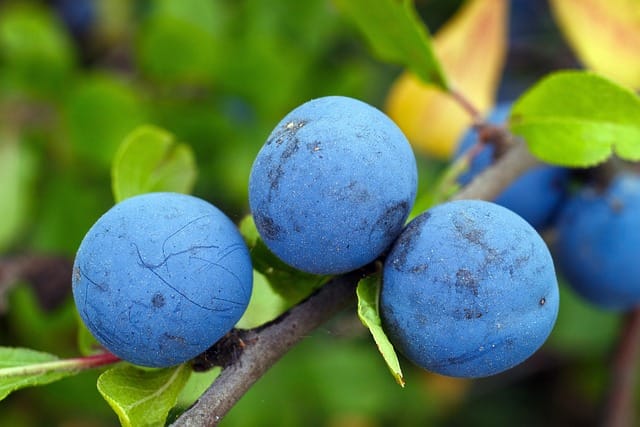Identifying Wild Plum trees
The Wild Plum tree, scientifically known as Prunus Americana, is a native tree species found in various regions of North America

In this article:
- Introduction
- Physical characteristics of the Wild Plum tree
- Identifying features of the Wild Plum tree
- Geographic distribution and habitat of the Wild Plum tree
- Bloom time and fruiting season
- Importance of the Wild Plum tree in ecosystems
- Historical and cultural significance
- Tips for identifying the Wild Plum tree in the wild
- Conclusion
Introduction
The Wild Plum tree, scientifically known as Prunus Americana, is a native tree species found in various regions of North America. This article aims to provide you with information on how to identify this tree species accurately.
Physical characteristics of the Wild Plum tree
The Wild Plum tree is a small to medium-sized deciduous tree that usually grows up to a height of 15-25 feet. It has an upright or spreading habit, with a broad, rounded crown. The branches are slender and often thorny. The tree has grayish-brown bark, which becomes rough and scaly as it ages.
Identifying features of the Wild Plum tree
One of the key identifying features of the Wild Plum tree is its leaves. They are oval-shaped, finely toothed, and have a dark green color. The leaf size ranges from 2 to 4 inches in length. Another feature is its white flowers, which bloom in clusters during the spring. The flowers have five petals and a sweet fragrance.
Geographic distribution and habitat of the Wild Plum tree
The Wild Plum tree is distributed throughout North America, from Canada to Mexico. It can be found in a variety of habitats, including woodlands, prairies, and along streams. This tree species is adaptable and can tolerate a wide range of soil types and moisture conditions.
Bloom time and fruiting season
The Wild Plum tree blooms in early spring, usually around April. The flowers are followed by small, round fruits that ripen in late summer or early fall. The fruits are usually yellow or red and have a tart flavor. They are an important food source for a variety of wildlife, including birds and mammals.
Importance of the Wild Plum tree in ecosystems
The Wild Plum tree plays a crucial role in ecosystems. Its flowers attract pollinators such as bees and butterflies, contributing to the overall biodiversity of an area. The fruits are an excellent source of food for numerous animals, aiding in seed dispersal. Additionally, the tree provides shelter and nesting sites for birds.
Historical and cultural significance
The Wild Plum tree has a long history of cultural and historical significance. Native American tribes utilized the fruits for food, medicine, and dyes. The tree's wood was used for making tools, baskets, and ceremonial objects. It also holds a place in folklore and traditional stories of indigenous peoples.
Tips for identifying the Wild Plum tree in the wild
To identify a Wild Plum tree, you can look for the following key characteristics:
- Oval-shaped, finely toothed leaves
- White flowers with five petals
- Small, round fruits with a tart flavor
- Slender branches and rough grayish-brown bark
Conclusion
The Wild Plum tree, with its distinctive leaves, flowers, and fruits, is an important native tree species in North America. It not only adds beauty to the landscape but also provides valuable resources for wildlife and humans alike. By familiarizing yourself with its identifying features, you can appreciate and recognize the presence of this tree species in the wild.
